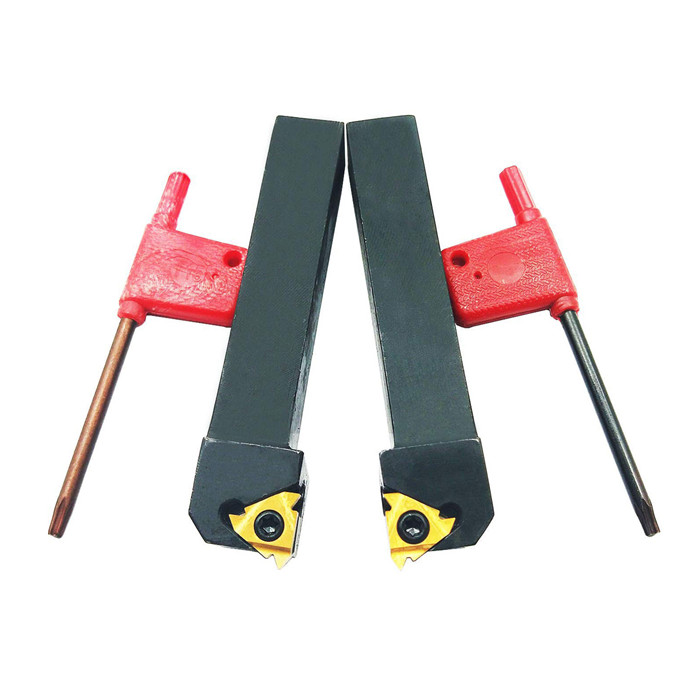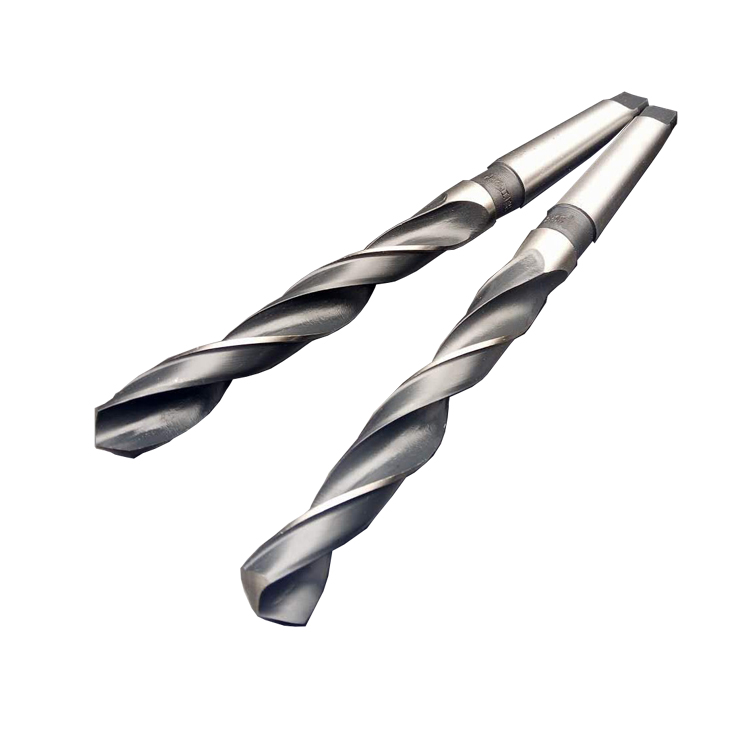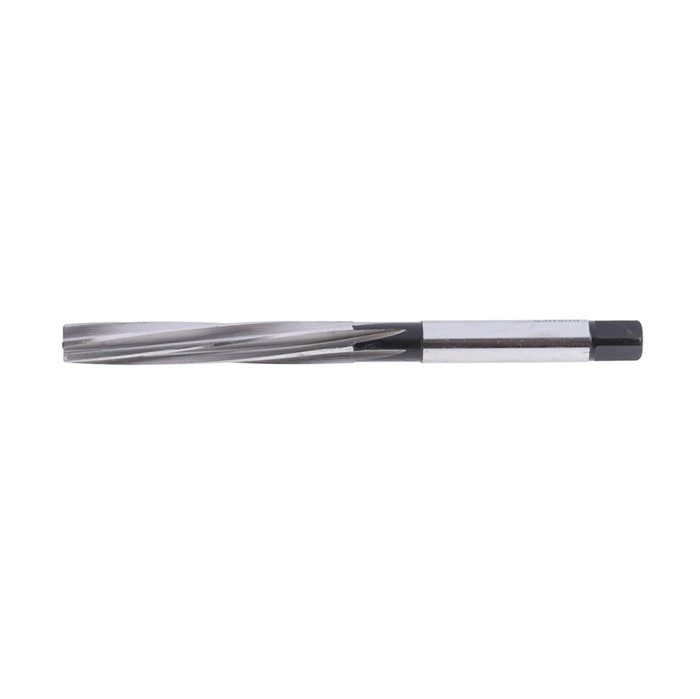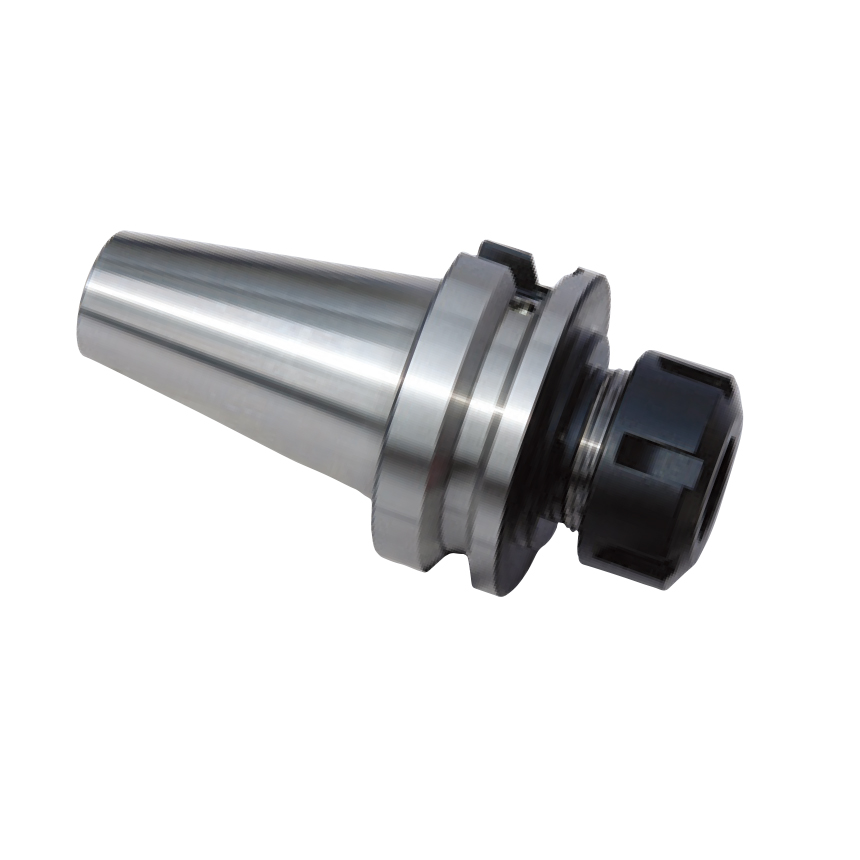milling machine vise Factories
Finding reliable milling machine vise factories can be challenging. This guide helps you navigate the market by providing key factors to consider when selecting a manufacturer, understanding vise types and features, and ensuring you get the best value for your investment. Learn how to choose the right vise factory and vise to optimize your milling operations.
Understanding Milling Machine Vises
A milling machine vise is a crucial workholding device used to securely clamp workpieces during milling operations. Choosing the right vise is essential for accuracy, efficiency, and safety.
Types of Milling Machine Vises
Different types of vises cater to various milling needs:
- Mechanical Vises: These are the most common type, operated manually using a screw mechanism. They are simple, reliable, and suitable for general-purpose milling.
- Hydraulic Vises: Hydraulic vises offer higher clamping force and consistent pressure, ideal for heavy-duty milling and high-volume production.
- Pneumatic Vises: Similar to hydraulic vises, pneumatic vises use compressed air to provide clamping force. They are faster than mechanical vises and suitable for repetitive tasks.
- CNC Vises: Designed specifically for CNC milling machines, these vises often feature modular designs, quick-change capabilities, and high precision.
- Angle Lock Vises: These vises pull the workpiece down as it's clamped, minimizing lifting and improving accuracy. They are well-suited for precision milling.
Key Features to Consider
When selecting a milling machine vise, consider these features:
- Clamping Force: The amount of force the vise can exert on the workpiece. Choose a vise with sufficient clamping force for your materials and operations.
- Jaw Width and Opening: The size of the vise jaws and the maximum opening. Ensure the vise can accommodate the size of your workpieces.
- Accuracy and Precision: The vise's ability to hold the workpiece accurately and consistently. Look for vises with ground surfaces and tight tolerances.
- Material: The material of the vise body and jaws. Cast iron is a common choice for its durability and vibration damping properties. Steel vises offer higher strength and rigidity.
- Swivel Base: A swivel base allows you to rotate the vise, providing flexibility in workpiece positioning.
Selecting the Right Milling Machine Vise Factory
Choosing a reputable milling machine vise factory is crucial for ensuring quality, reliability, and timely delivery.
Factors to Evaluate
Consider these factors when evaluating potential factories:
- Experience and Reputation: Look for factories with a proven track record and positive customer reviews.
- Manufacturing Capabilities: Ensure the factory has the necessary equipment and expertise to produce high-quality vises.
- Quality Control: Inquire about the factory's quality control processes and certifications (e.g., ISO 9001).
- Material Sourcing: Understand where the factory sources its materials and ensure they meet your quality standards.
- Pricing and Payment Terms: Obtain quotes from multiple factories and compare pricing, payment terms, and shipping costs.
- Communication and Support: Choose a factory with good communication and responsive customer support.
Finding Reliable Factories
Here are some ways to find reliable milling machine vise factories:
- Online Directories: Use online directories such as Alibaba, Global Sources, and IndustryNet to search for manufacturers.
- Trade Shows: Attend trade shows such as IMTS (International Manufacturing Technology Show) and EMO (European Machine Tool Exhibition) to meet manufacturers in person.
- Referrals: Ask for referrals from other companies in your industry.
- Wayleading Tools: Wayleading Tools specializes in the production of high-quality milling machine vises. Contact us for competitive pricing and expert support.
Ensuring Quality and Value
Once you've selected a factory, take steps to ensure quality and value.
Inspecting Samples
Request samples of the vises you're interested in and inspect them carefully for any defects or inconsistencies. Pay attention to the surface finish, dimensions, and clamping force.
Establishing Clear Specifications
Provide the factory with clear specifications for your vise requirements, including dimensions, materials, tolerances, and any specific features you need. This will help minimize errors and ensure you get the vises you expect.
Monitoring Production
If possible, visit the factory during production to monitor the manufacturing process and ensure quality standards are being met. You can also hire a third-party inspection company to perform quality control checks.
Negotiating Payment Terms
Negotiate payment terms that protect your interests. Consider using a letter of credit or escrow service to ensure payment is released only after the vises meet your quality standards.
Examples of Milling Machine Vises and Factories
To illustrate the diverse range of milling machine vises available, and the milling machine vise factories who make them, here are a few examples (actual specifications may vary; always consult official manufacturer datasheets):
| Vise Type | Example Model | Jaw Width | Max Opening | Clamping Force (Approx.) |
|---|---|---|---|---|
| Mechanical Vise | Kurt D688 | 6 inches | 8.875 inches | 8,000 lbs |
| Hydraulic Vise | TE-CO 51700 | 6 inches | 8 inches | Up to 10,000 lbs (depending on hydraulic pressure) |
| Angle Lock Vise | Orange Vise Company | 6 inches | 8 inches | ~ 7,000 lbs |
Note: Data is approximate and may vary based on specific models and manufacturer specifications. Always refer to official datasheets.
Conclusion
Choosing the right milling machine vise and factory requires careful consideration. By understanding the different vise types, evaluating potential factories, and implementing quality control measures, you can ensure you get the best value for your investment and optimize your milling operations. Remember to prioritize quality, reliability, and communication throughout the selection process.
Related products
Related products
Best selling products
Best selling products-
 Precision Dial Test Indicator Gage For Industrial
Precision Dial Test Indicator Gage For Industrial -
 Precision Monoblock Fine-Adjustment Vernier Caliper Of Metric & Imperial For Industrial
Precision Monoblock Fine-Adjustment Vernier Caliper Of Metric & Imperial For Industrial -
 Metric HSS 13mm Reduce Shank Drill Bit For Metal Cutting Of High Precision
Metric HSS 13mm Reduce Shank Drill Bit For Metal Cutting Of High Precision -
 Indexable SER & SEL Threading Tool Holder With Metric & Inch Size
Indexable SER & SEL Threading Tool Holder With Metric & Inch Size -
 Precision Expanding Mandrel From 9/16″ to 3-3/4″
Precision Expanding Mandrel From 9/16″ to 3-3/4″ -
 HSS Metric Taper Shank Twit Drills For Metal Cutting Of High Precision
HSS Metric Taper Shank Twit Drills For Metal Cutting Of High Precision -
 Adjustable Tap And Reamer Wrench For Thread Cutting Tools
Adjustable Tap And Reamer Wrench For Thread Cutting Tools -
 HSS Inch Hand Reamer With Straight Or Spiral Flute
HSS Inch Hand Reamer With Straight Or Spiral Flute -
 Indexable Spade Drill Holder With Helical Flute Holder And Taper Shank
Indexable Spade Drill Holder With Helical Flute Holder And Taper Shank -
 Precision Outside Micrometer With digit Counter Of Inch & Metric With Rachet Stop
Precision Outside Micrometer With digit Counter Of Inch & Metric With Rachet Stop -
 Carbide Tipped Hole Cutter For Cutting Stainless Steel And Iron Or Steel Plate
Carbide Tipped Hole Cutter For Cutting Stainless Steel And Iron Or Steel Plate -
 DIN4971-ISO1 Carbide Tipped Tool Bit With Right And Left Hand
DIN4971-ISO1 Carbide Tipped Tool Bit With Right And Left Hand
Related search
Related search- SSKC turning tool holder Manufacturer
- threading tool holder set Factories
- carbide end mills
- center drill bit Manufacturers
- Wholesale morse taper drill sleeve
- SVJB turning tool holder Manufacturer
- High-Quality 30pcs indexable boring bar set
- milling chuck set Manufacturers
- u drill Factories
- Wholesale 5c collet set











